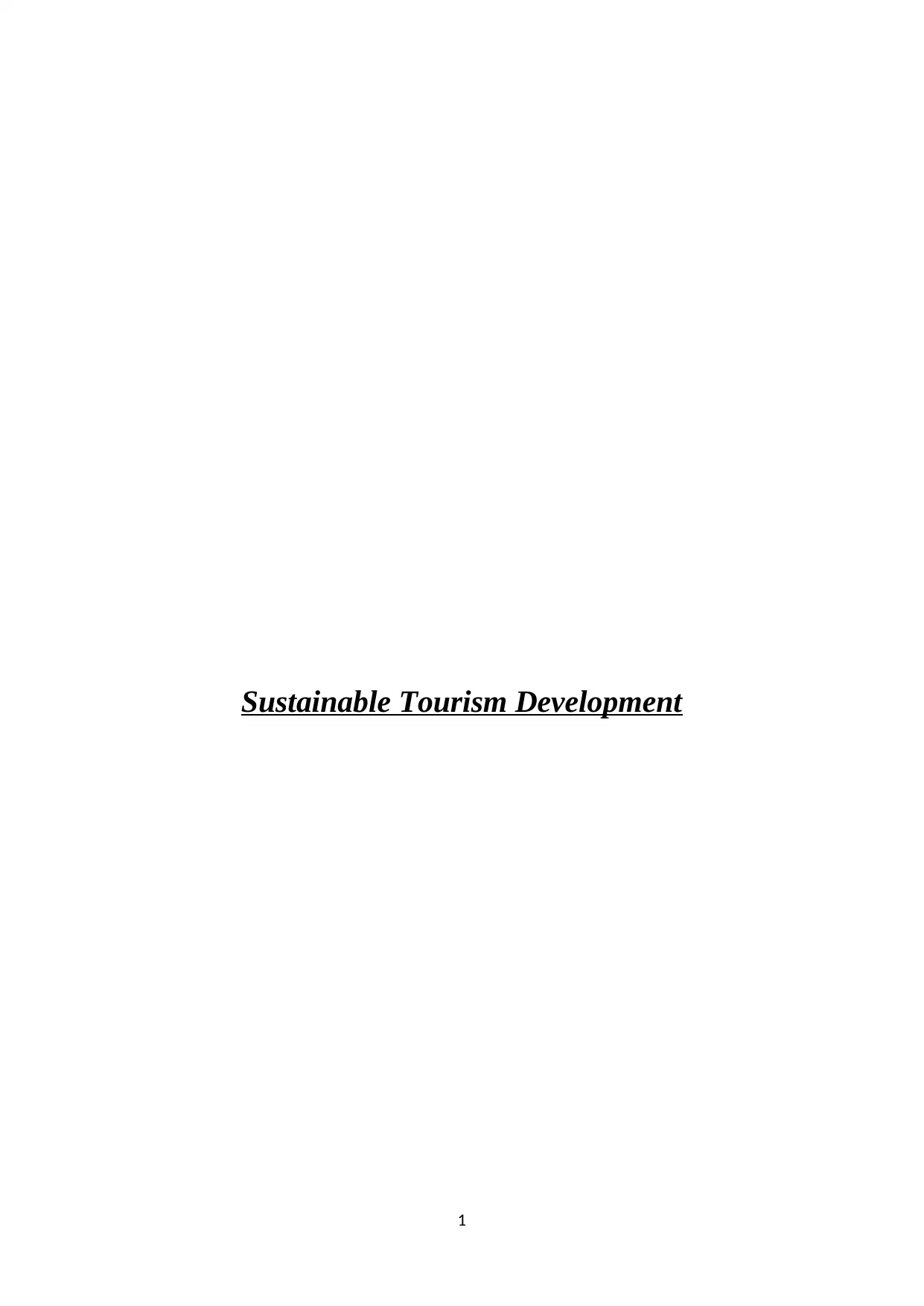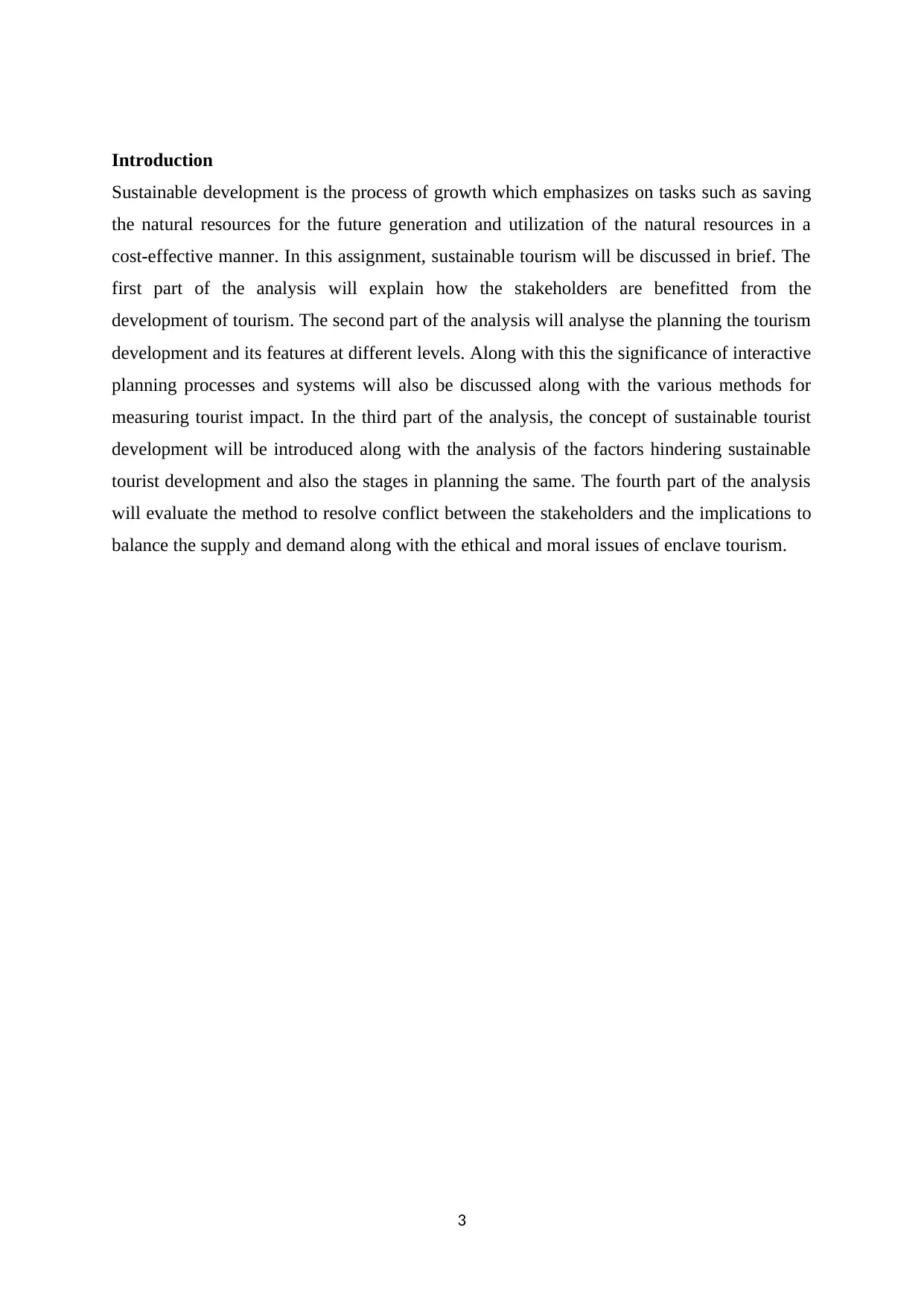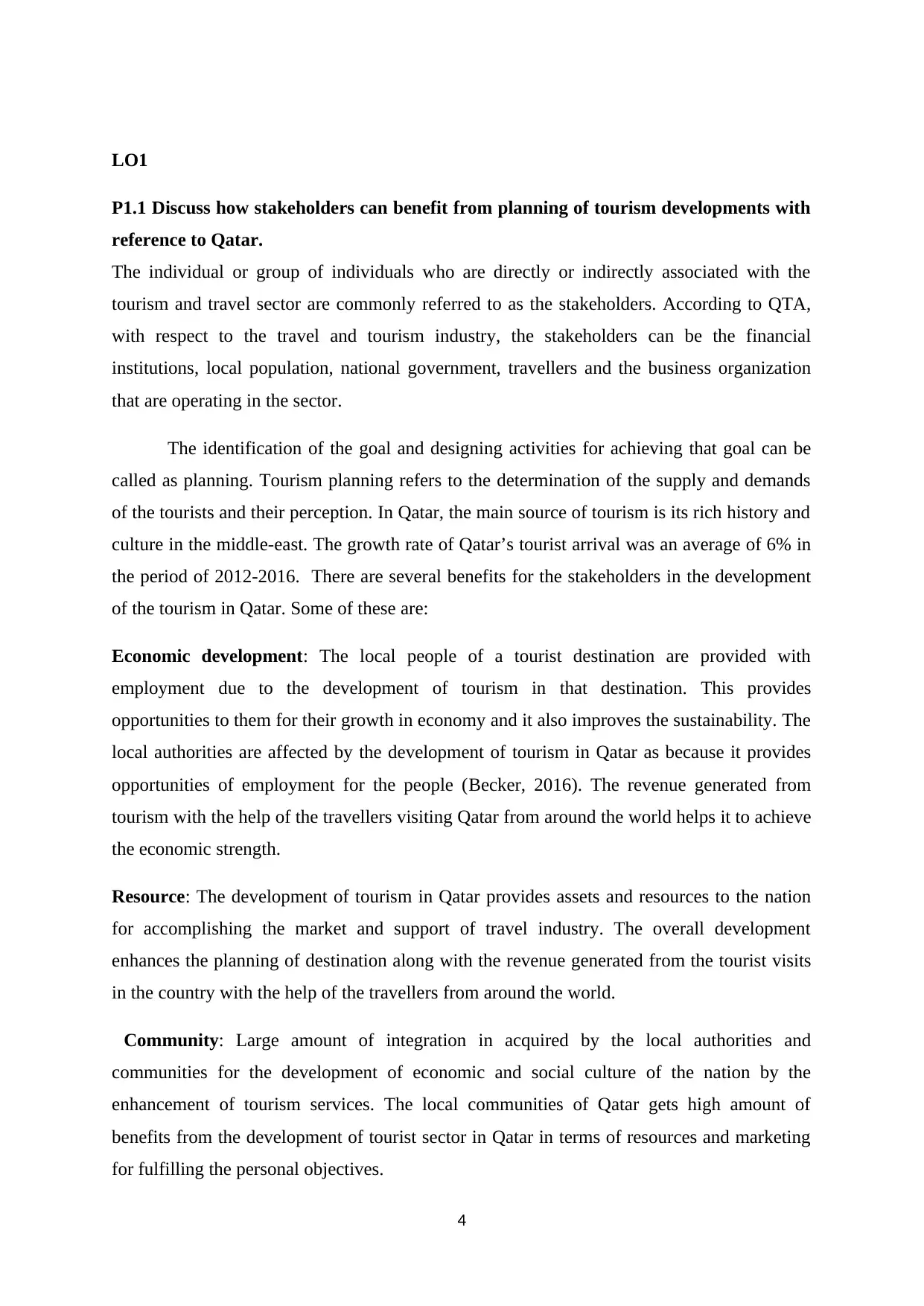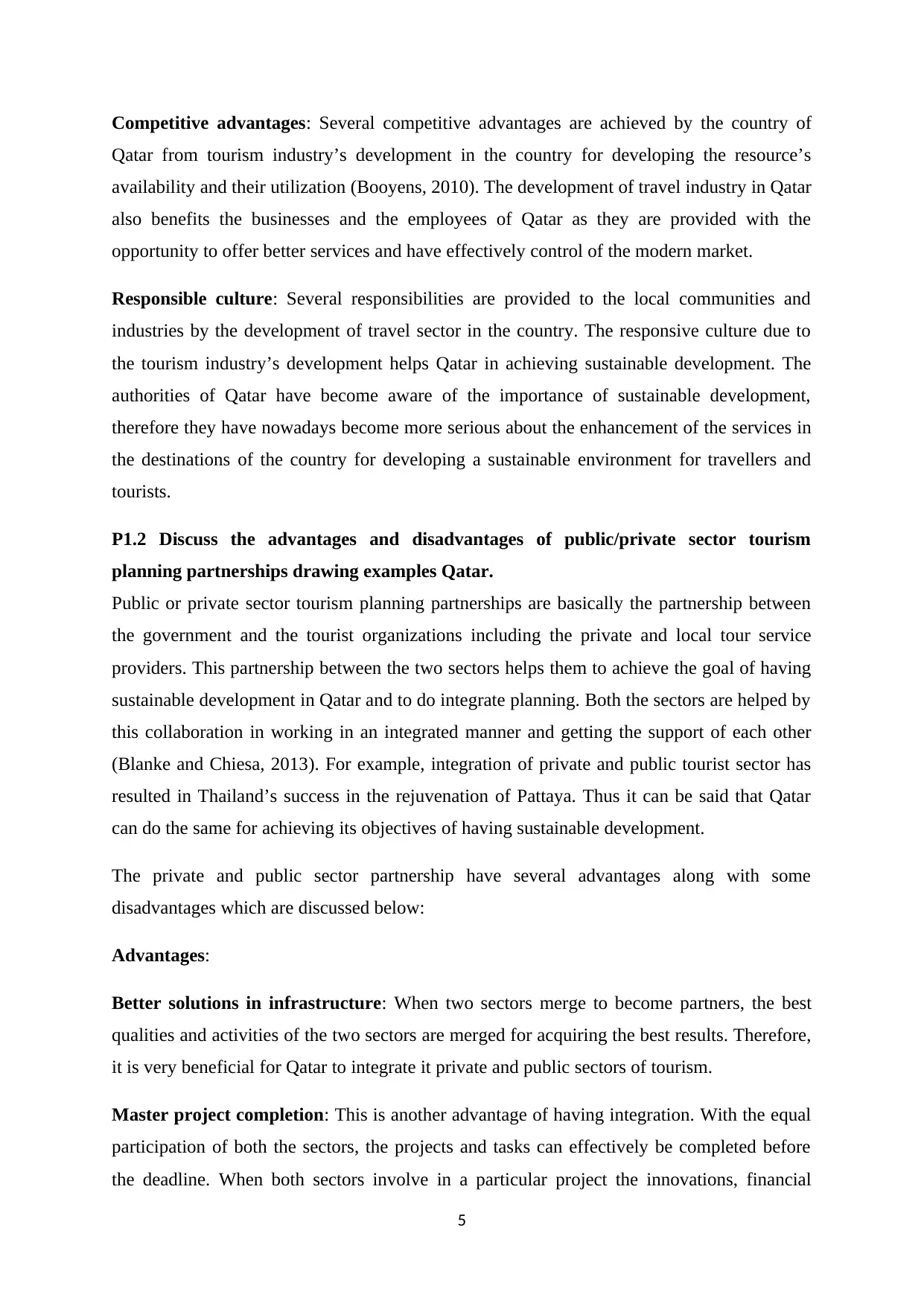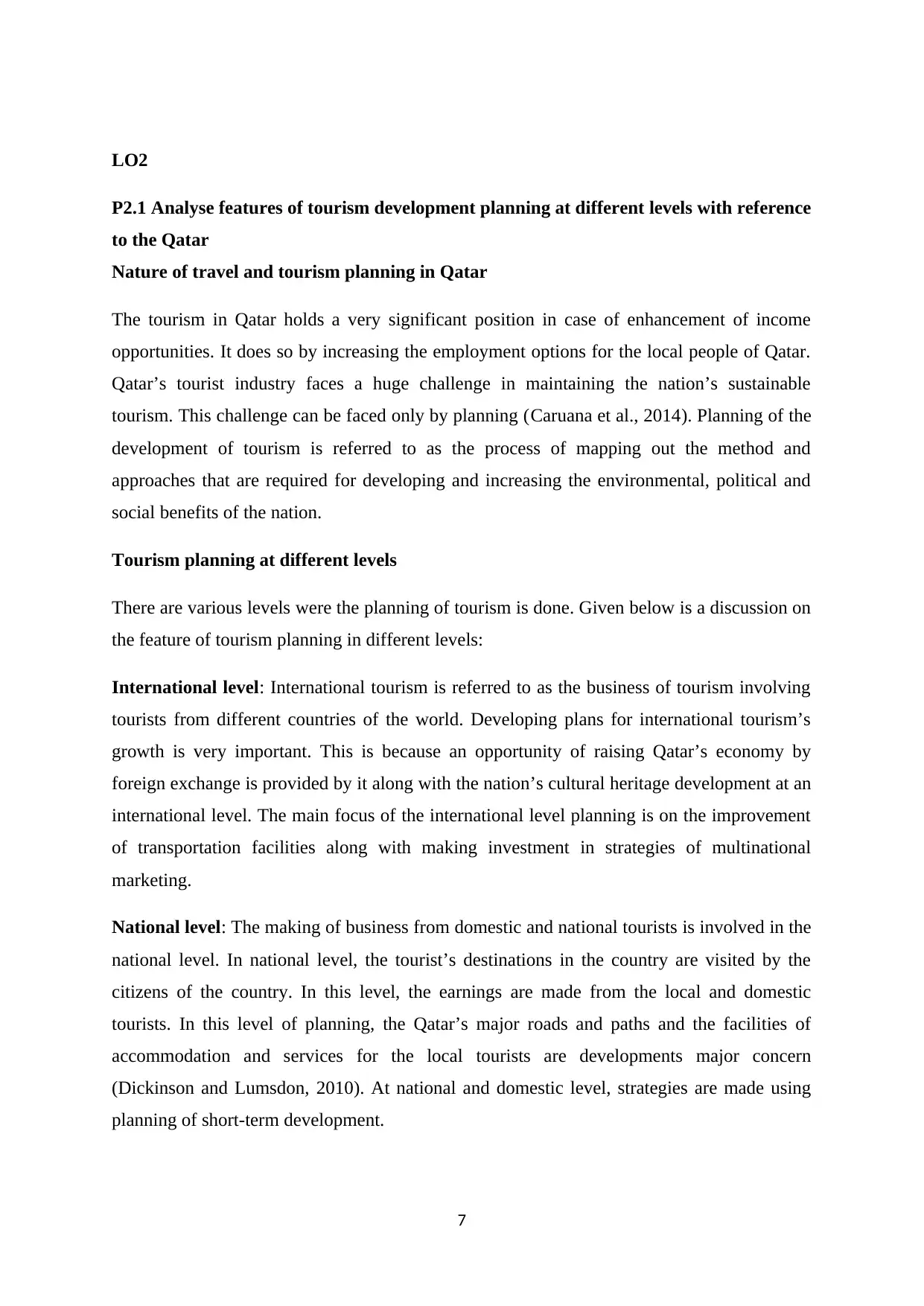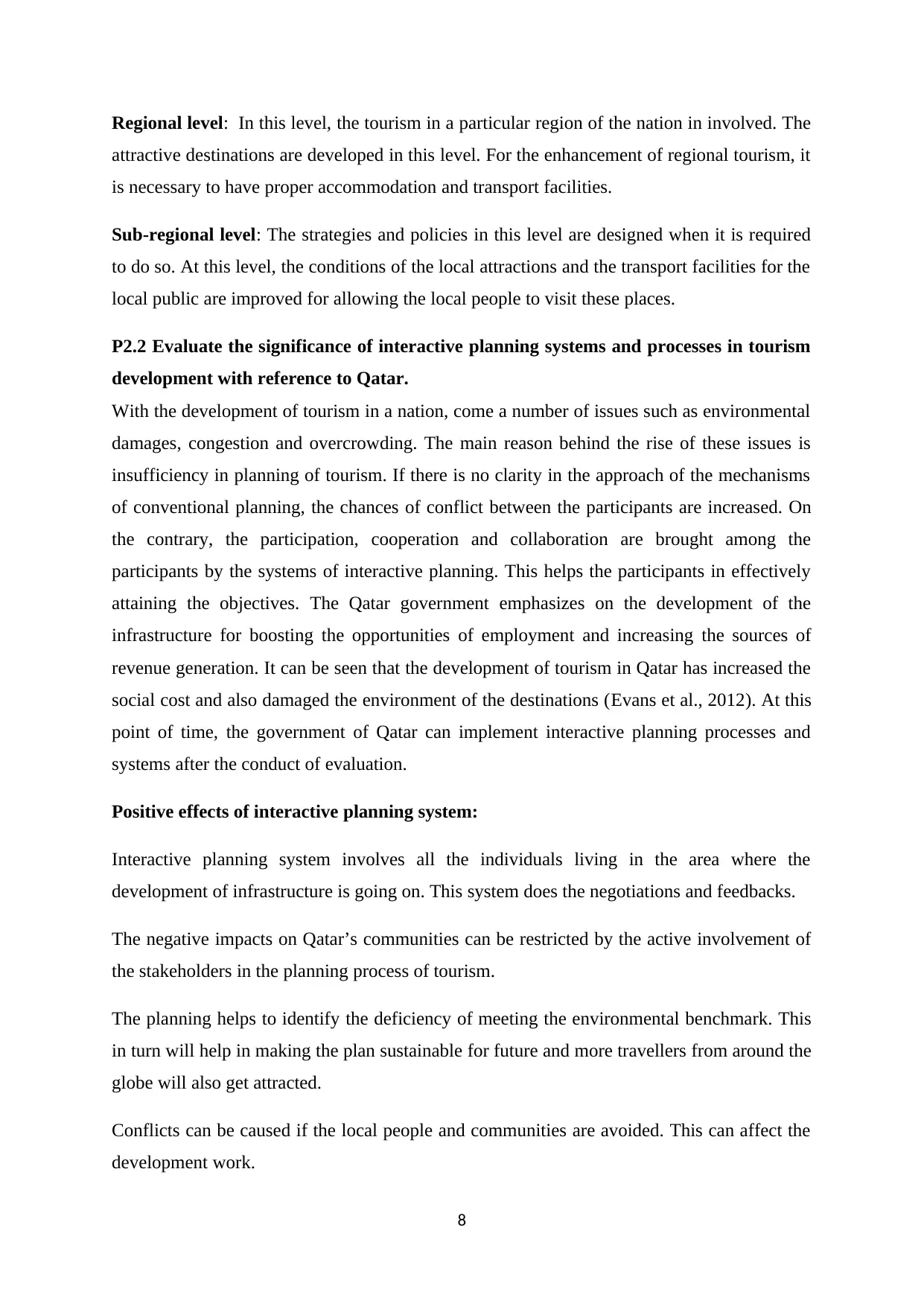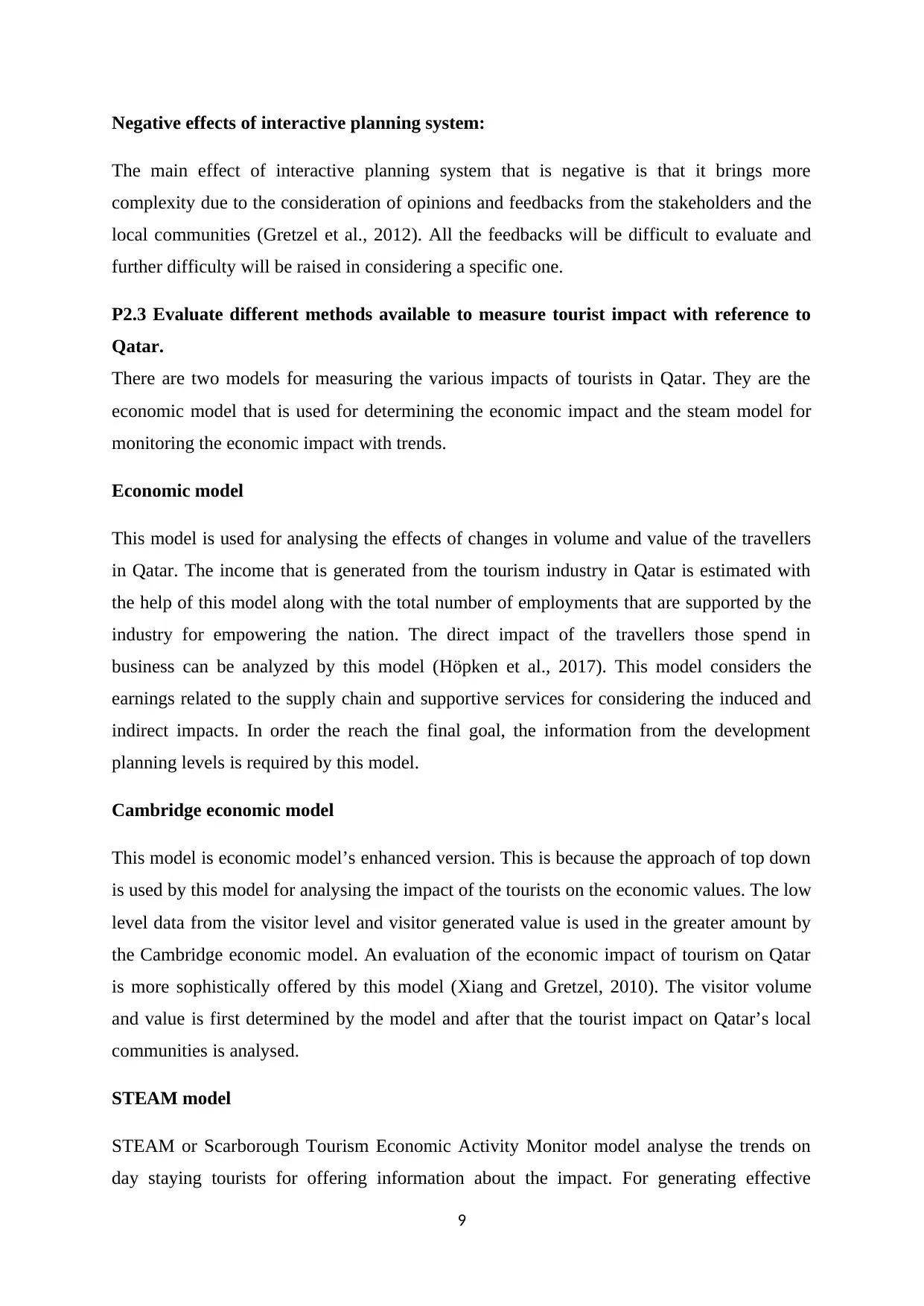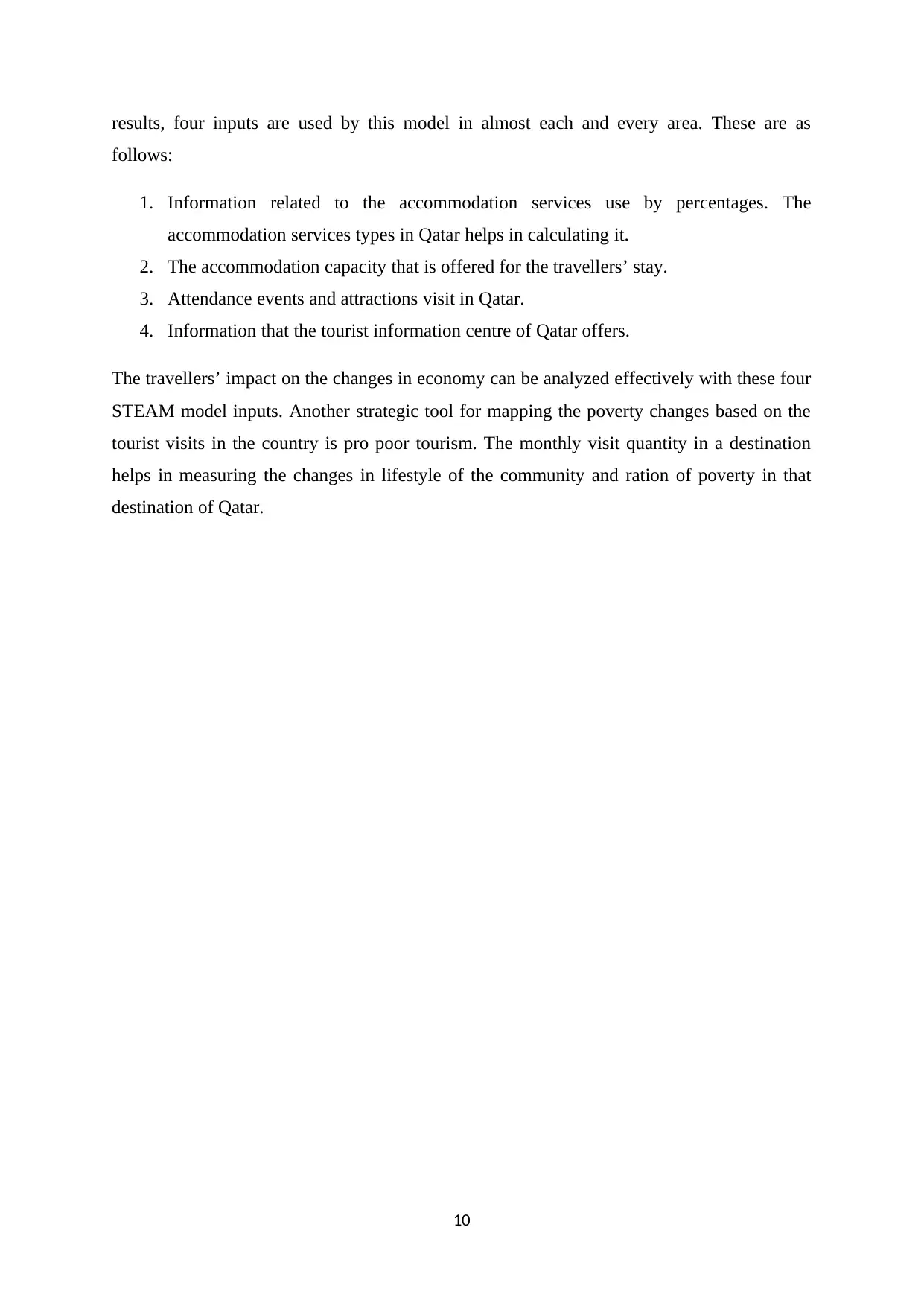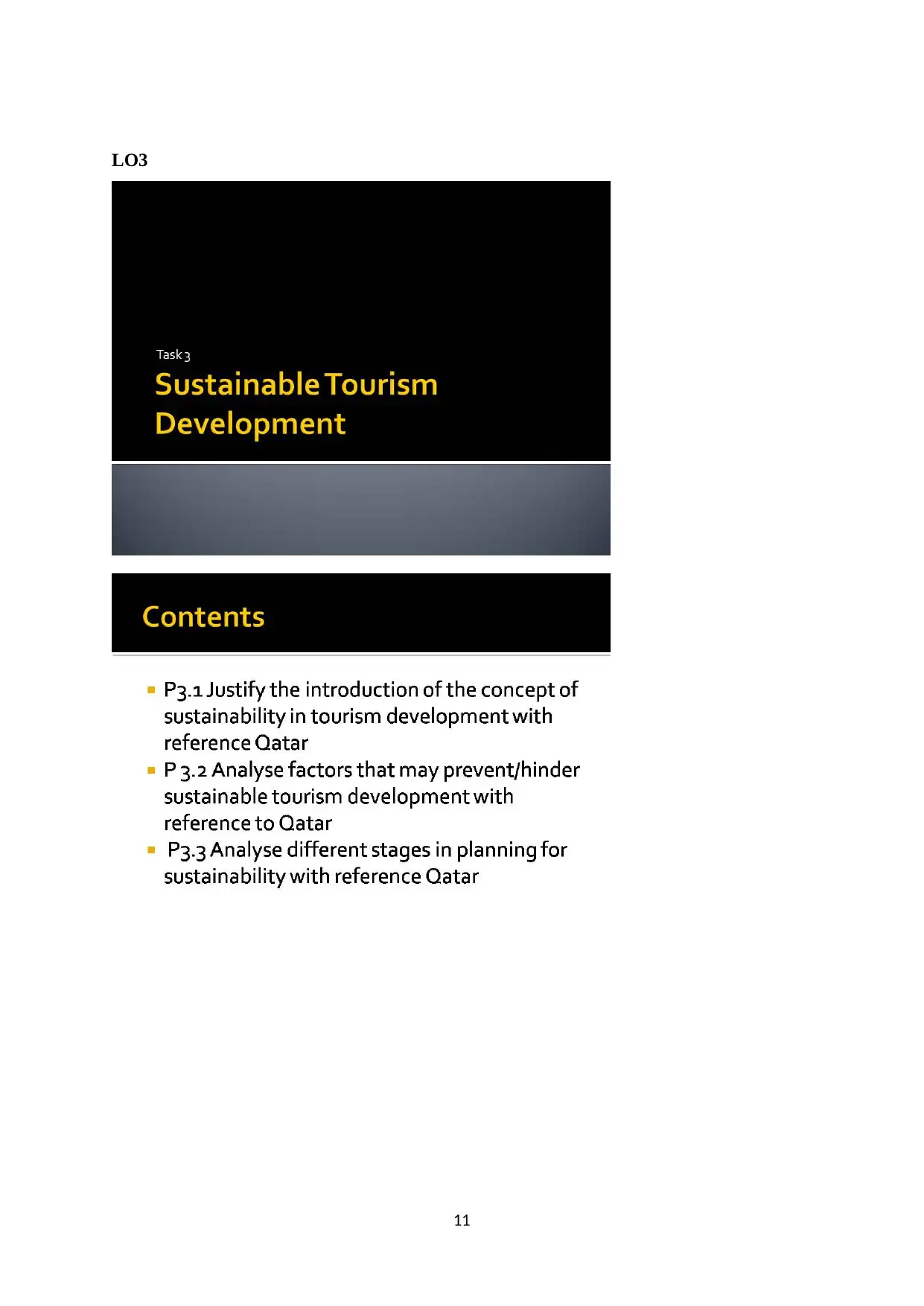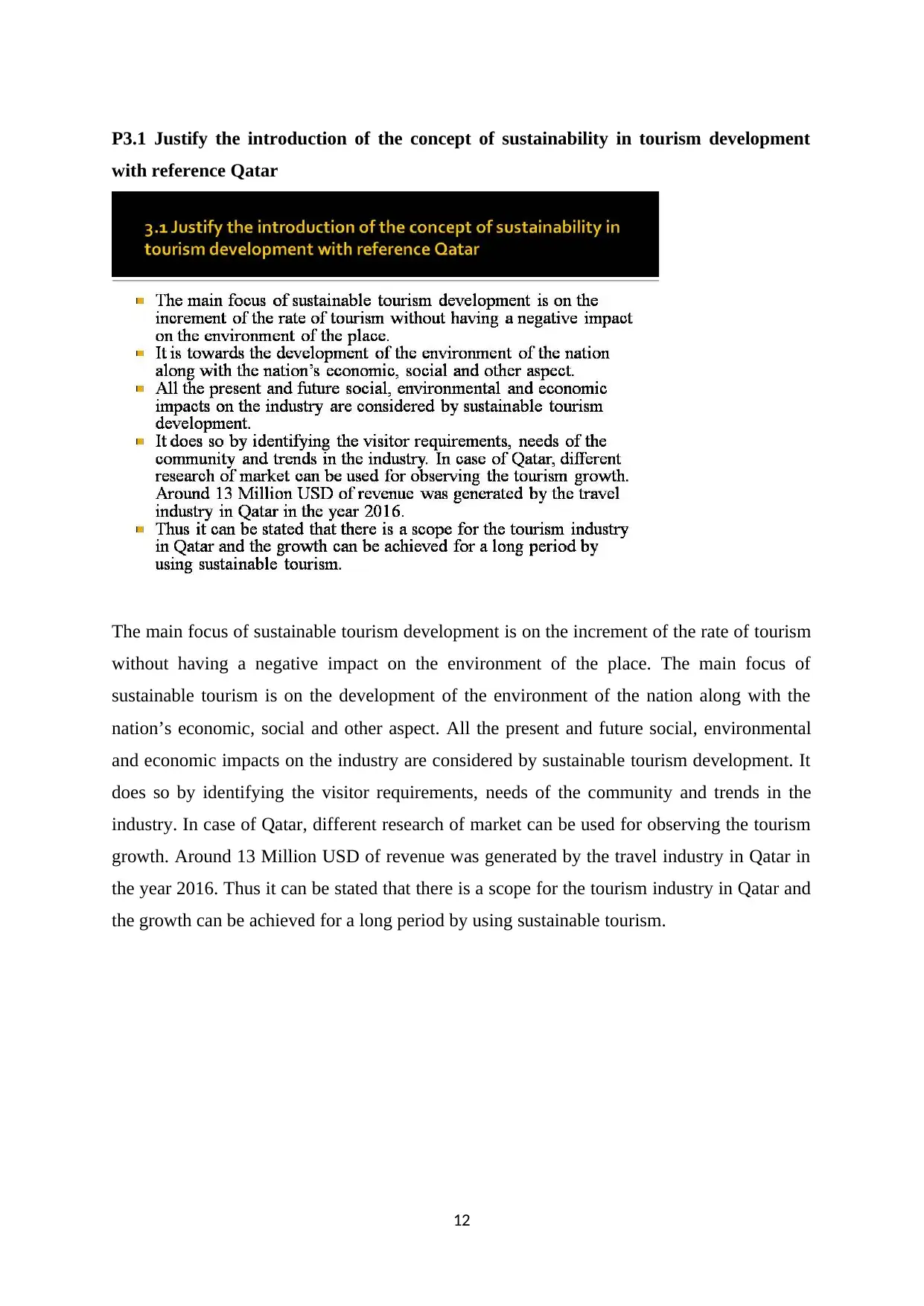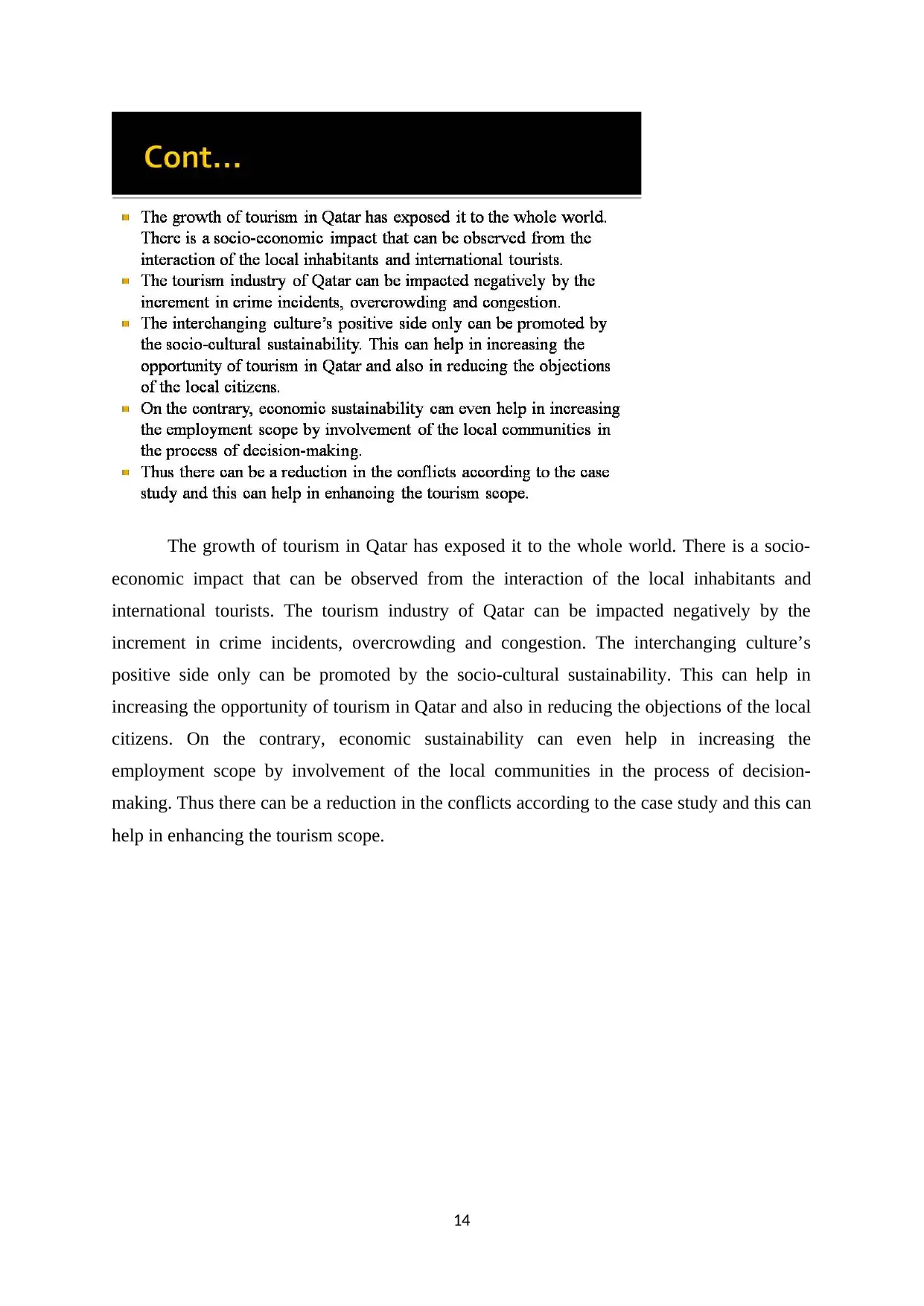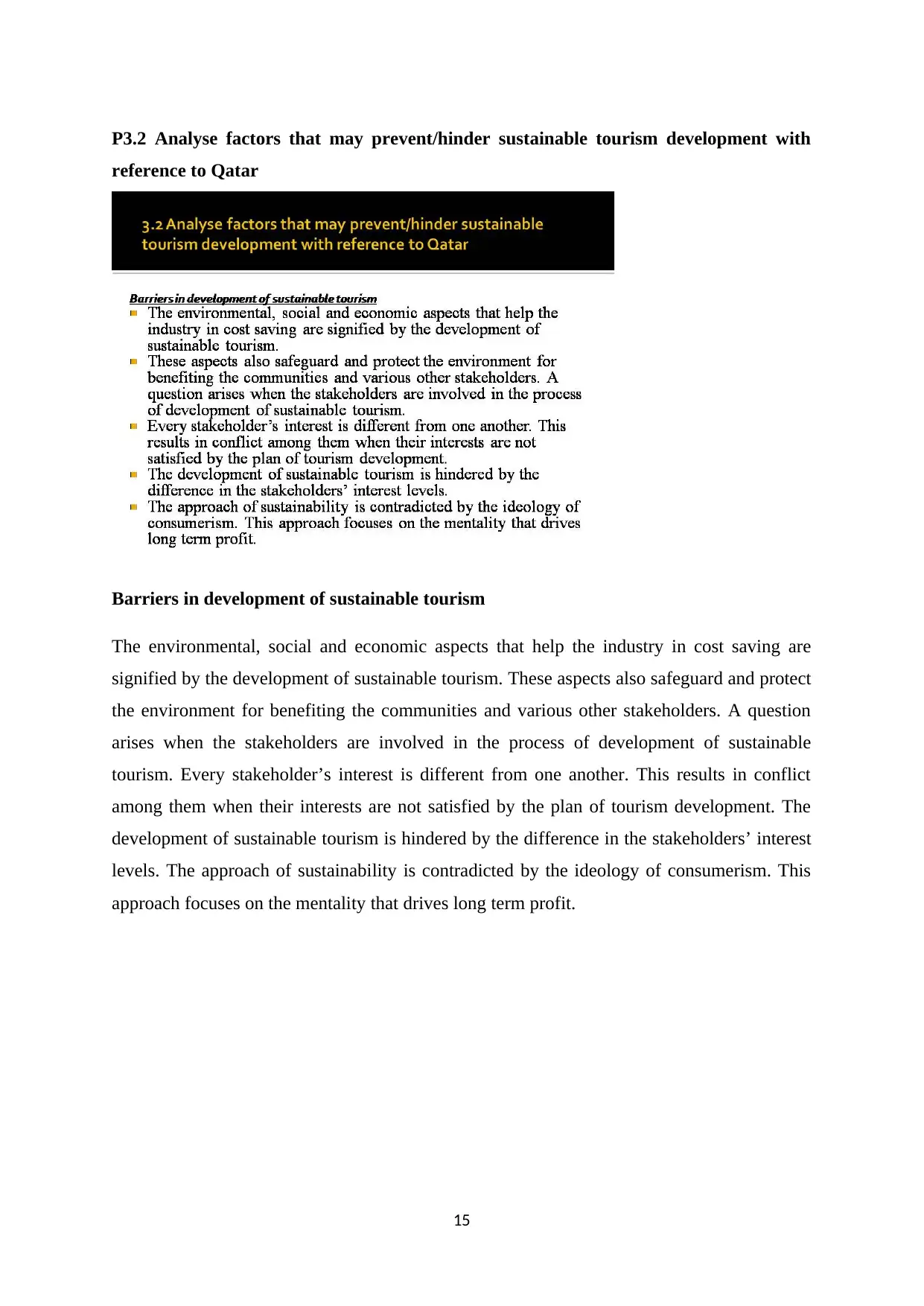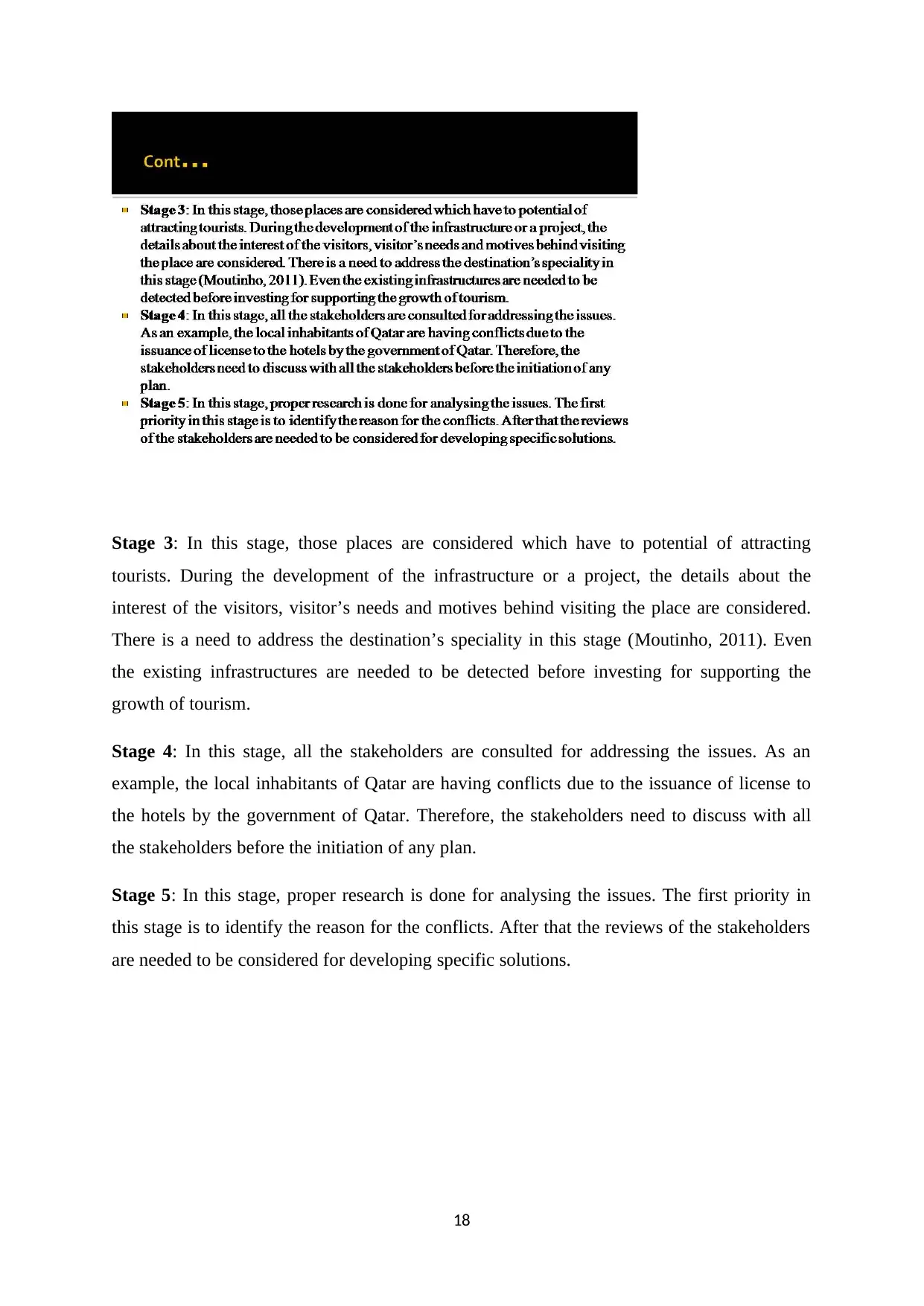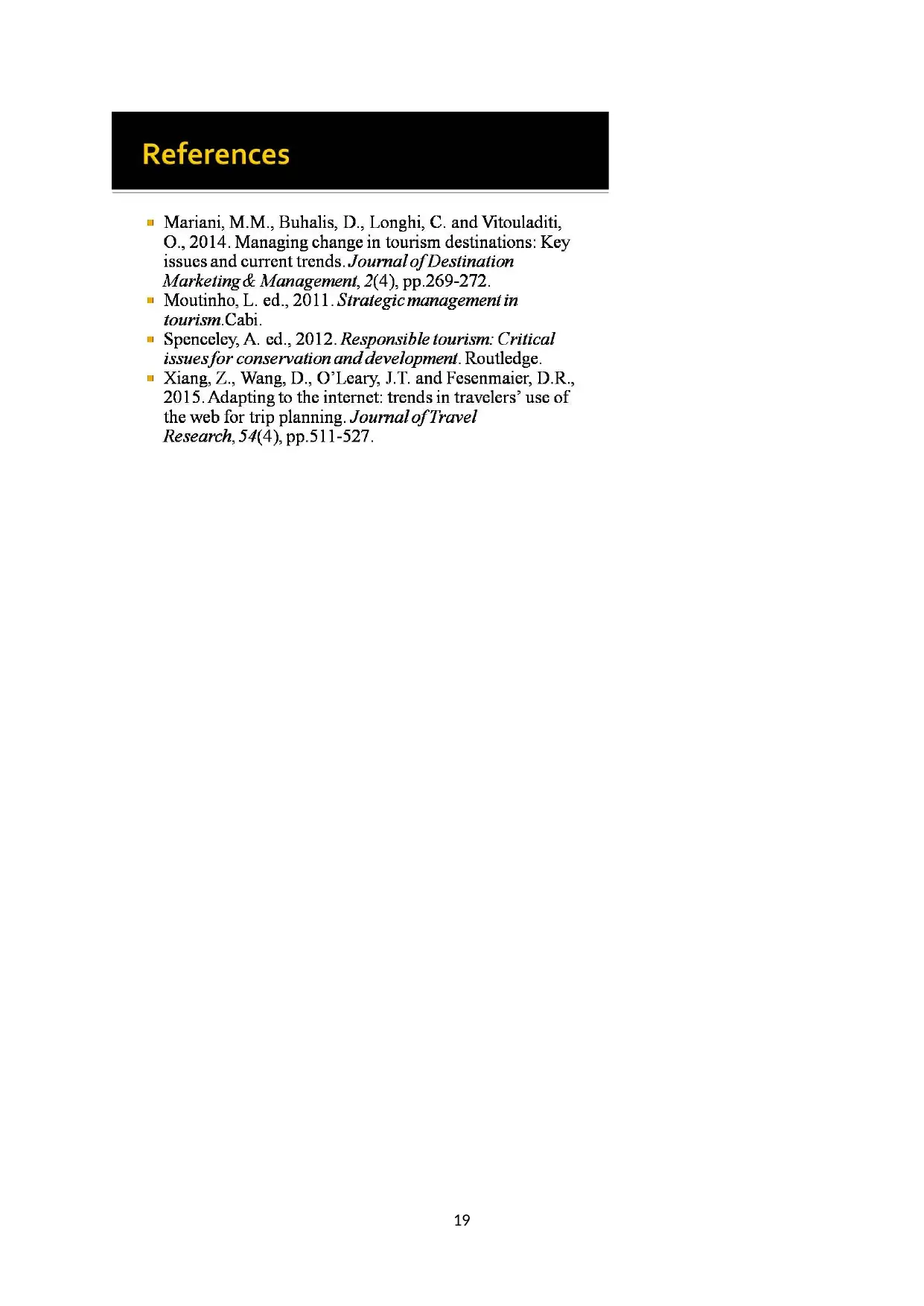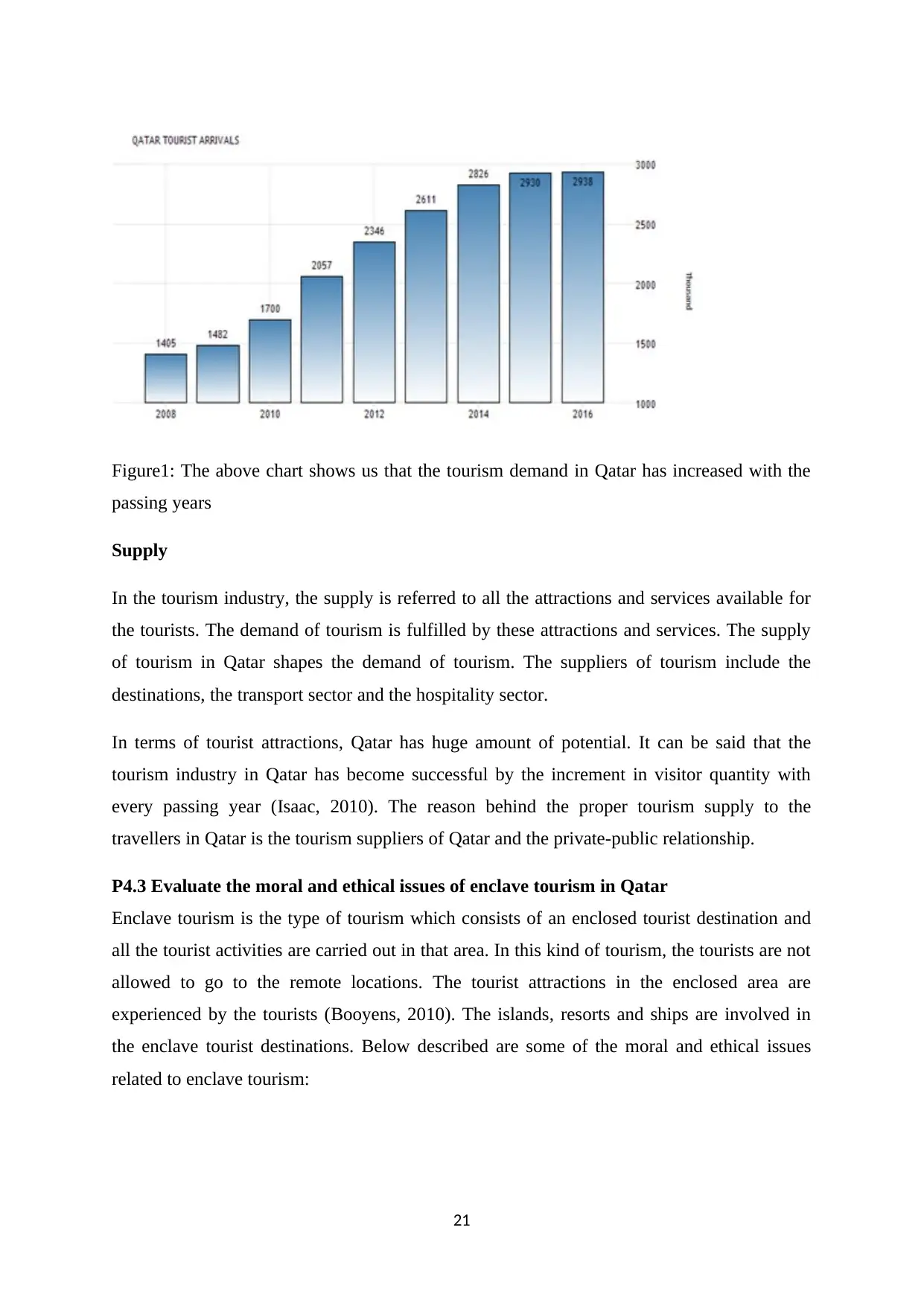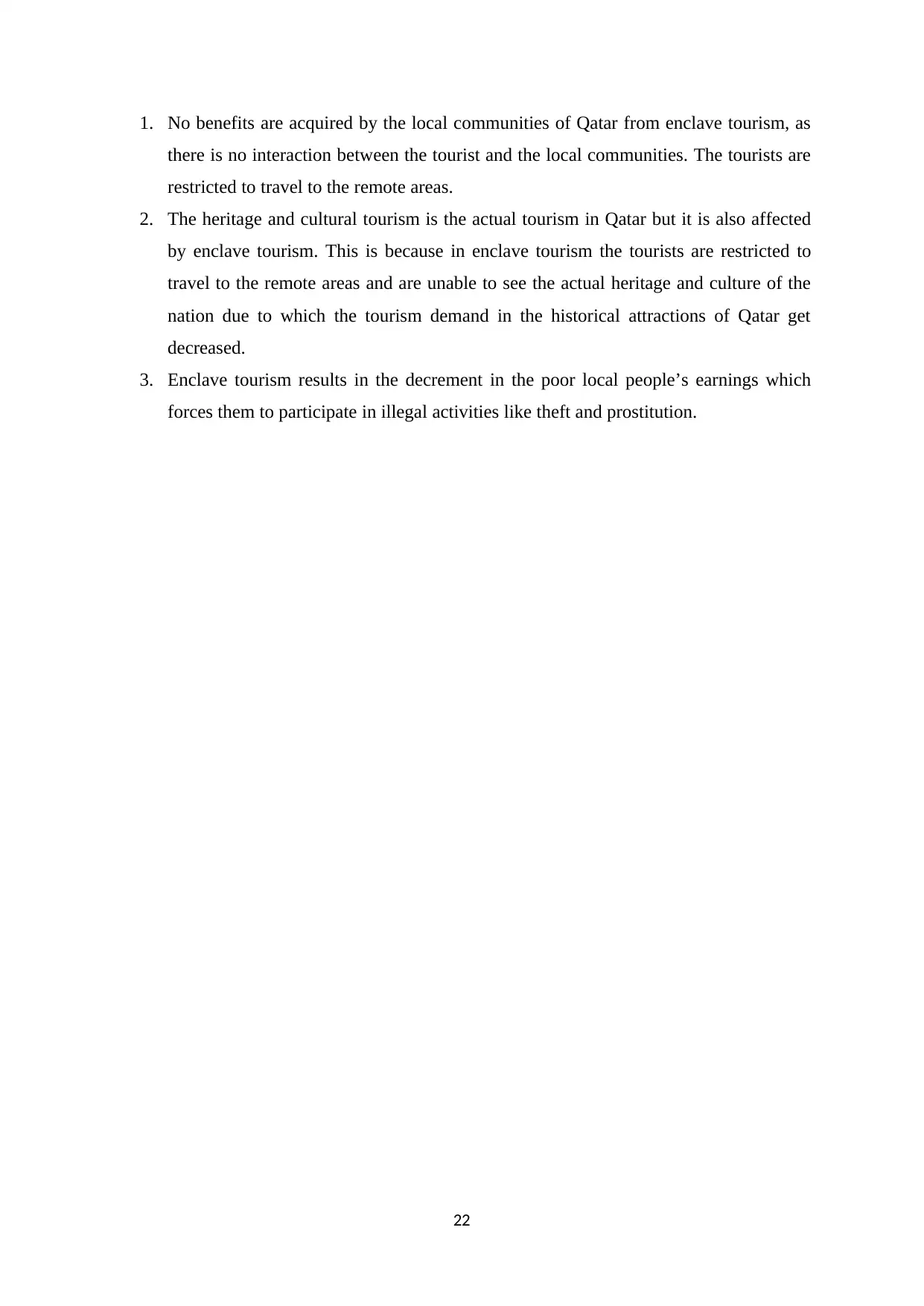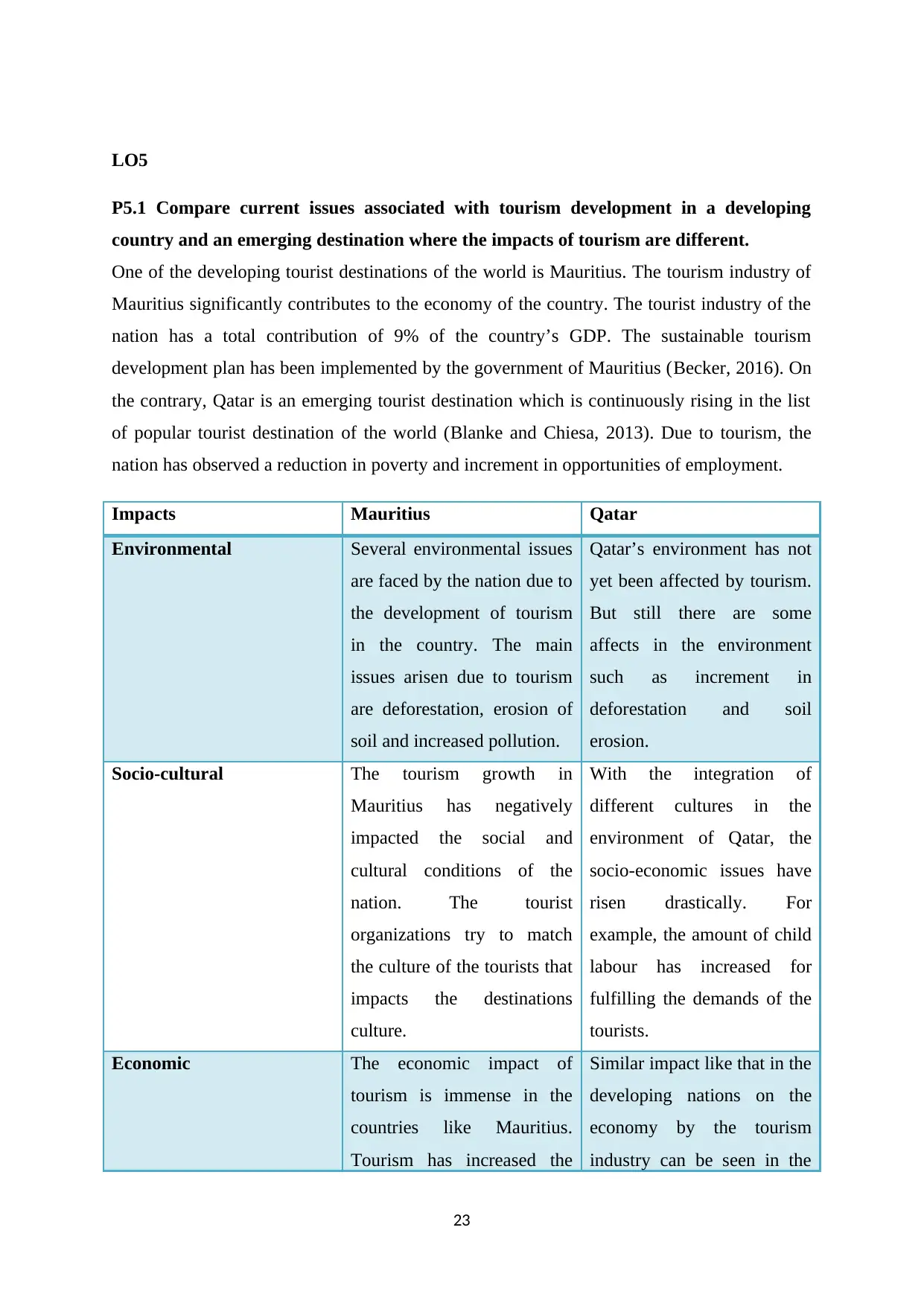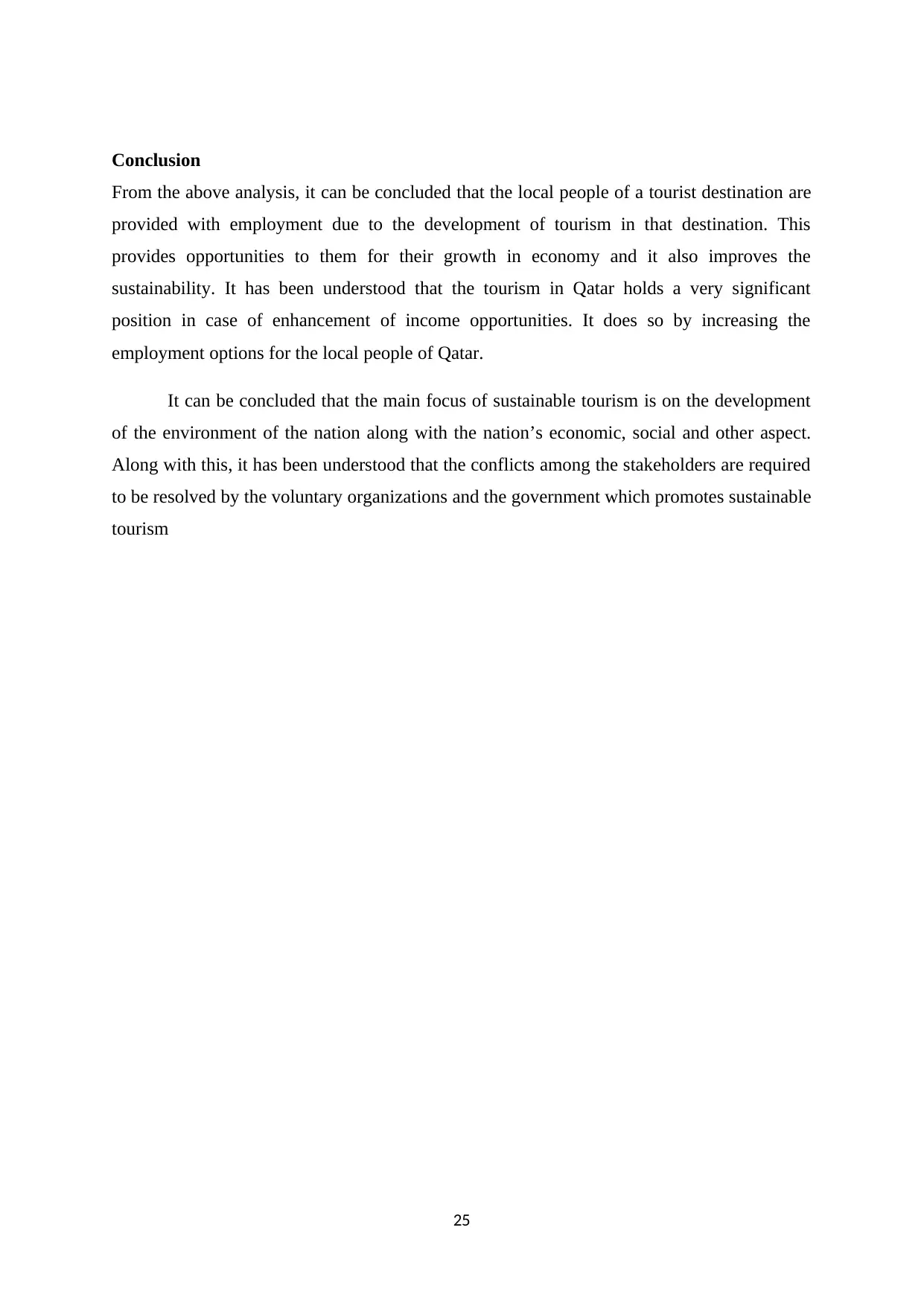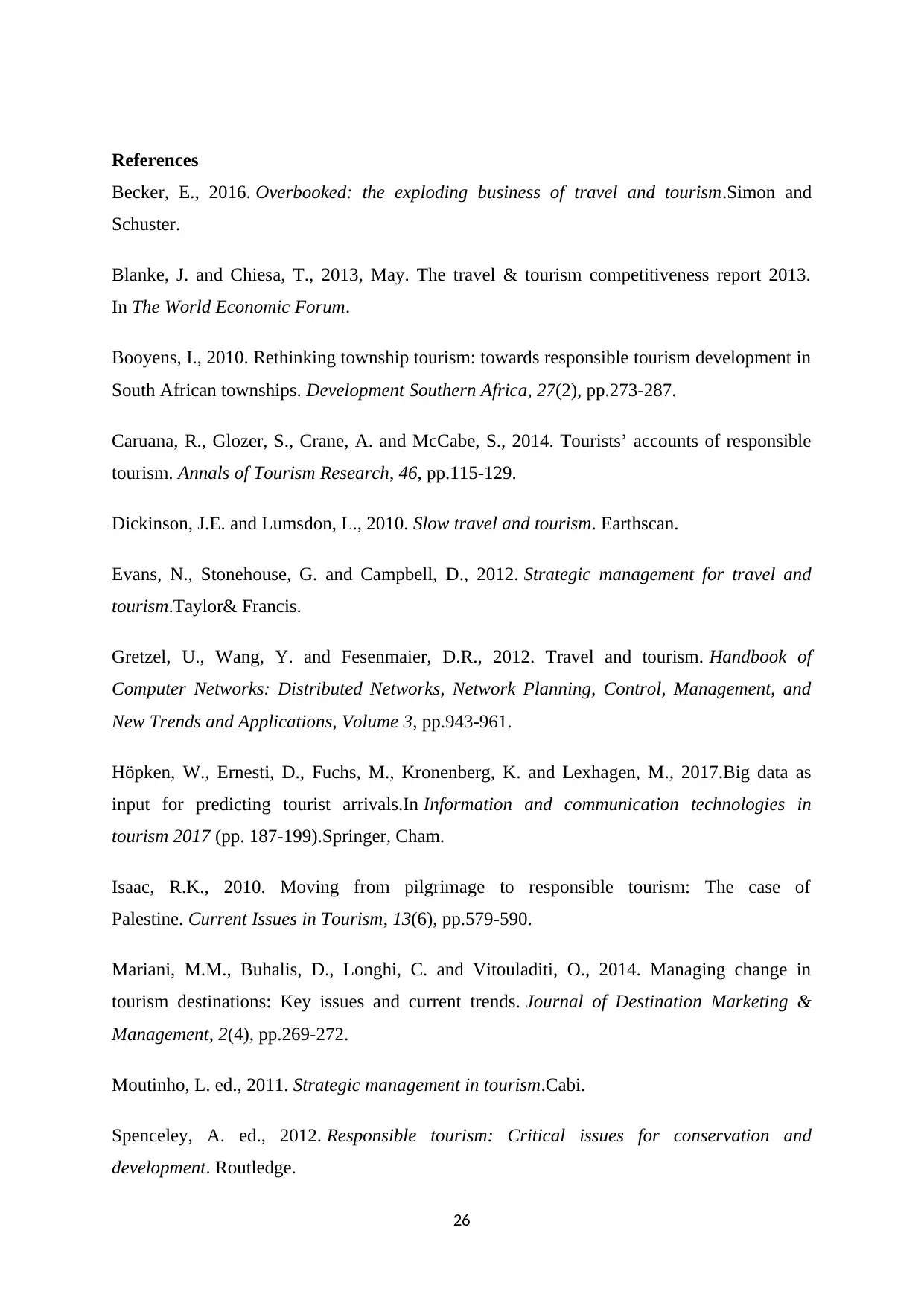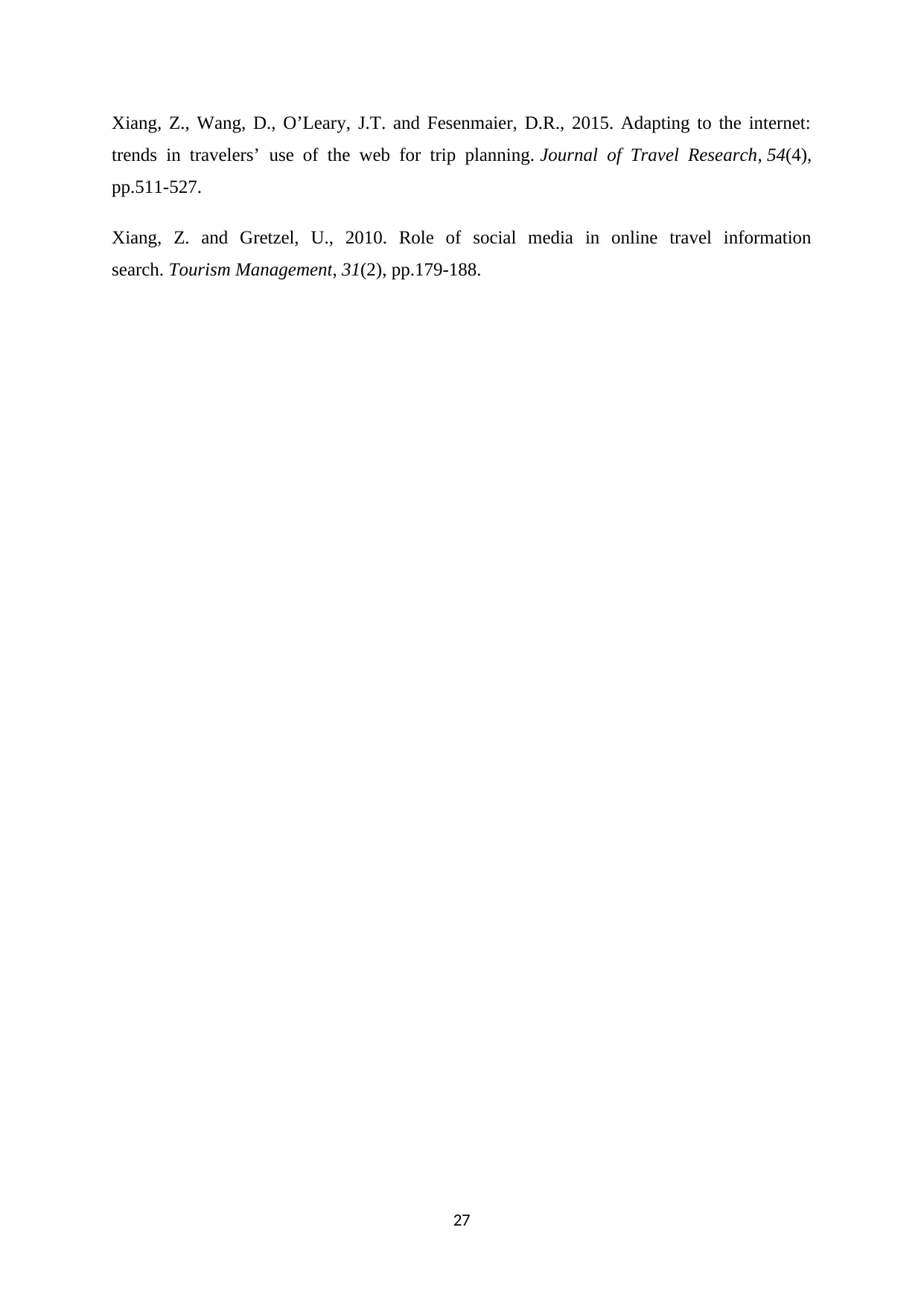This comprehensive analysis delves into the multifaceted aspects of sustainable tourism development in Qatar, examining the benefits for stakeholders, the features of tourism planning at different levels, and the significance of interactive planning systems. It further explores the concept of sustainability in tourism development, analyzing factors that hinder its progress and outlining different stages in planning for sustainability. The study also evaluates methods for resolving conflicts of interest, the implications of balancing supply and demand, and the moral and ethical issues of enclave tourism. Finally, it compares current issues associated with tourism development in a developing country (Mauritius) and an emerging destination (Qatar), providing recommendations for the future development of tourism in both destinations.
![[object Object]](/_next/static/media/star-bottom.7253800d.svg)
![[object Object]](/_next/static/media/star-bottom.7253800d.svg)
